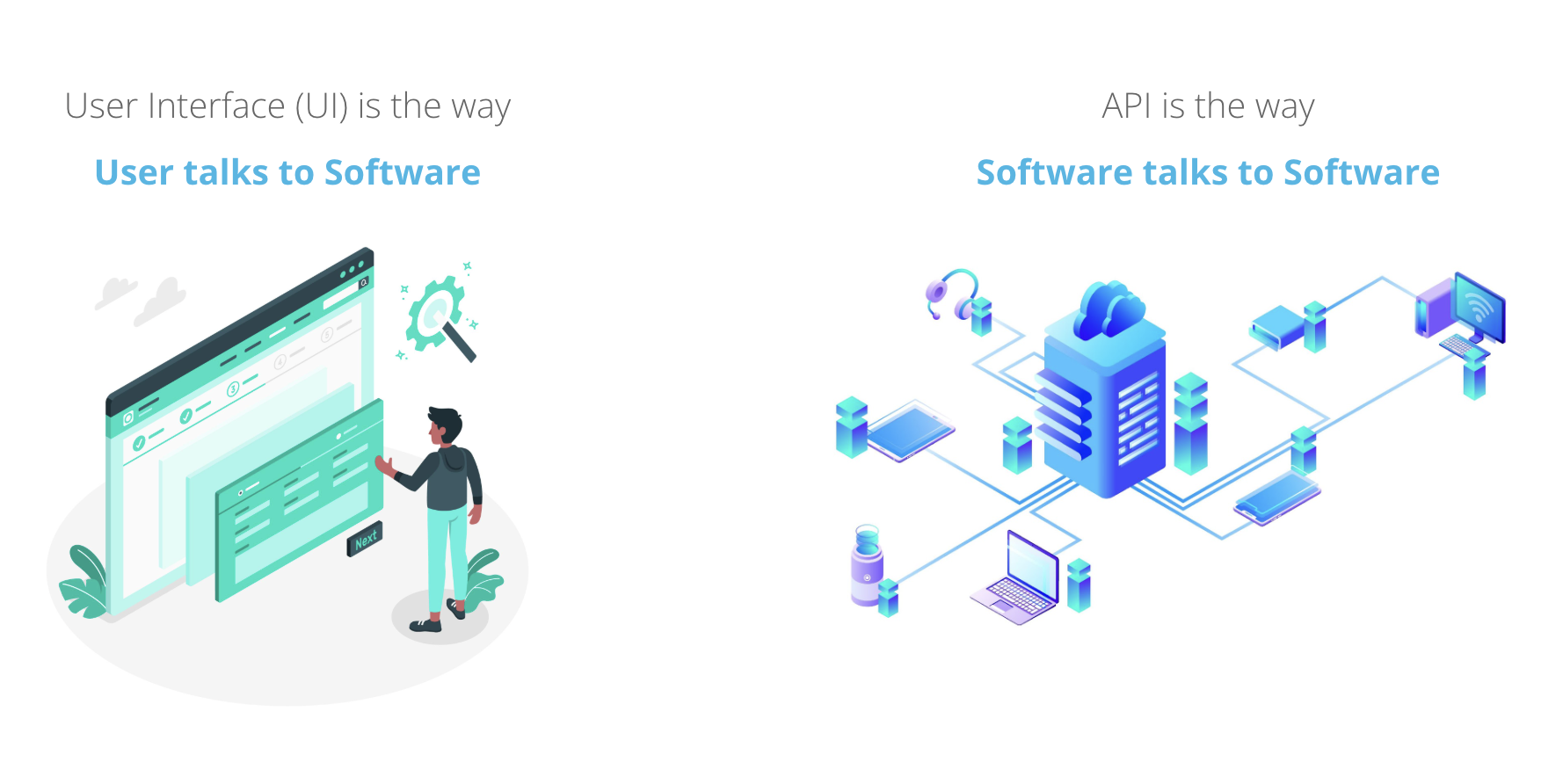
Ivan Nokhrin is a Proptech industry veteran, who has worked close 15 years in the crossroads of Commercial Real Estate, Data & AI.
We often hear from industry professionals that they’re already “doing integrations” using automation tools like Make.com or n8n. What they usually mean is this:
✅ when a form is filled out, a new record is created in another system
✅ when a file is uploaded, someone gets notified
✅ when a field is updated, a Slack message is triggered
These tools are great for saving time and reducing repetitive manual work. And yes, they make internal workflows feel more seamless. So why is that not enough?
Because automation is just one piece of the puzzle.
If your goal is to build a reliable and stable data infrastructure, one that enables clean reporting, real interoperability between systems, and long-term digital flexibility, then automation alone won’t get you there.
Here’s why:
Process automation doesn’t check if the data is valid, complete, or consistent across systems. Without data validation, your automation might just be spreading bad data faster.
Sending data from A to B is not the same as linking systems through structured APIs and aligning them to a shared data model. Automations often break when APIs change, when formats differ, or when workflows evolve.
A data infrastructure needs versioning, error handling, auditability, access control, monitoring. Automation tools like Make.com don’t offer that. They operate on the surface, not at the architectural level.
Most automation and ETL tools don’t store or manage data centrally. They move it. Persistent data storage is a stable layer where validated data is held, versioned, and enriched. This allows integrations to be monitored, reused, and extended over time without starting from scratch.
👉 call to action: If your goal is to build a strong, future-proof data infrastructure — one that makes you less dependent on third-party tools, ensures data reliability, and enables you not just to automate existing workflows but to design entirely new ones that are efficient by default — then it's time to think more strategically.
The good news? You don’t have to give up your automations. You can keep them — exactly where they make sense.